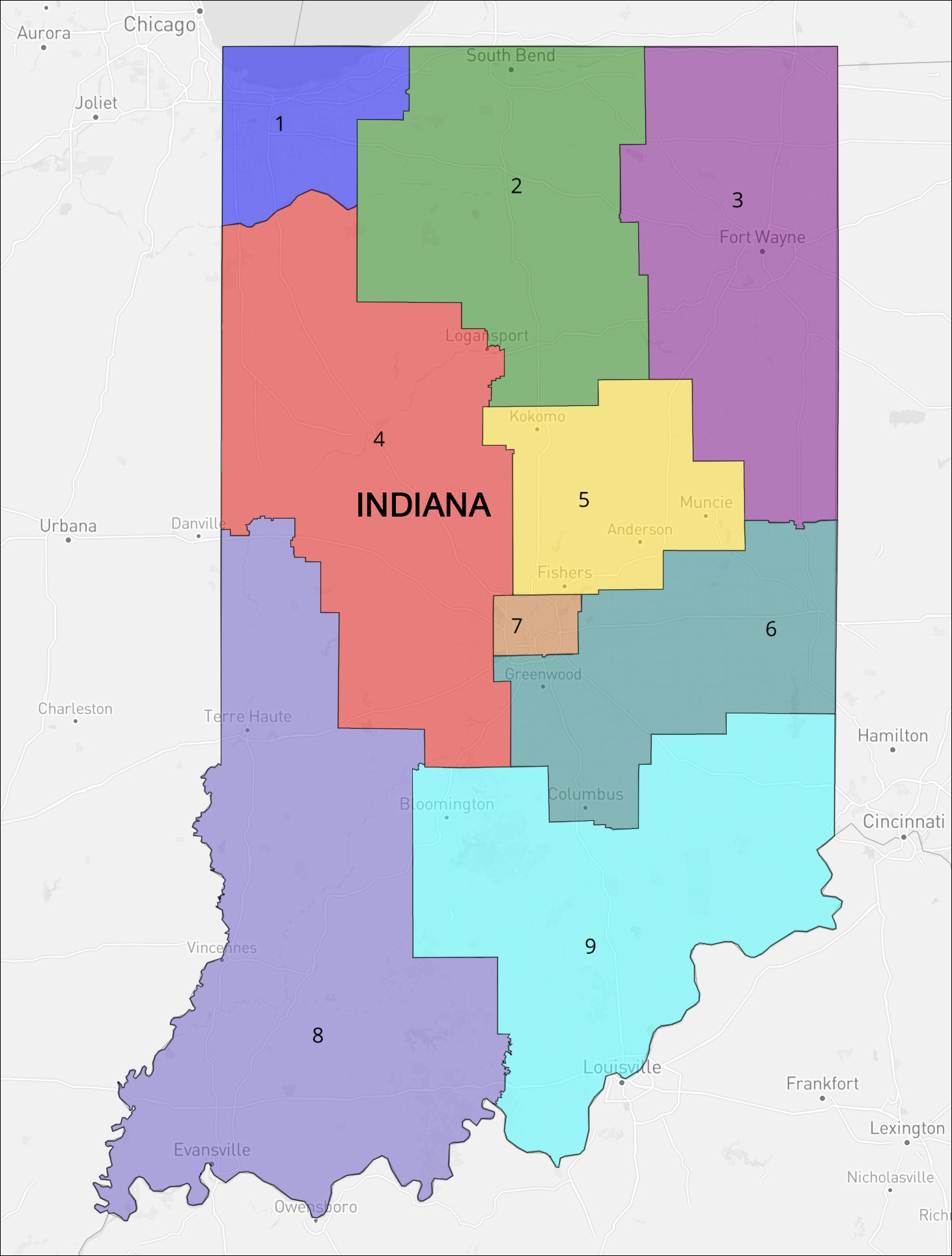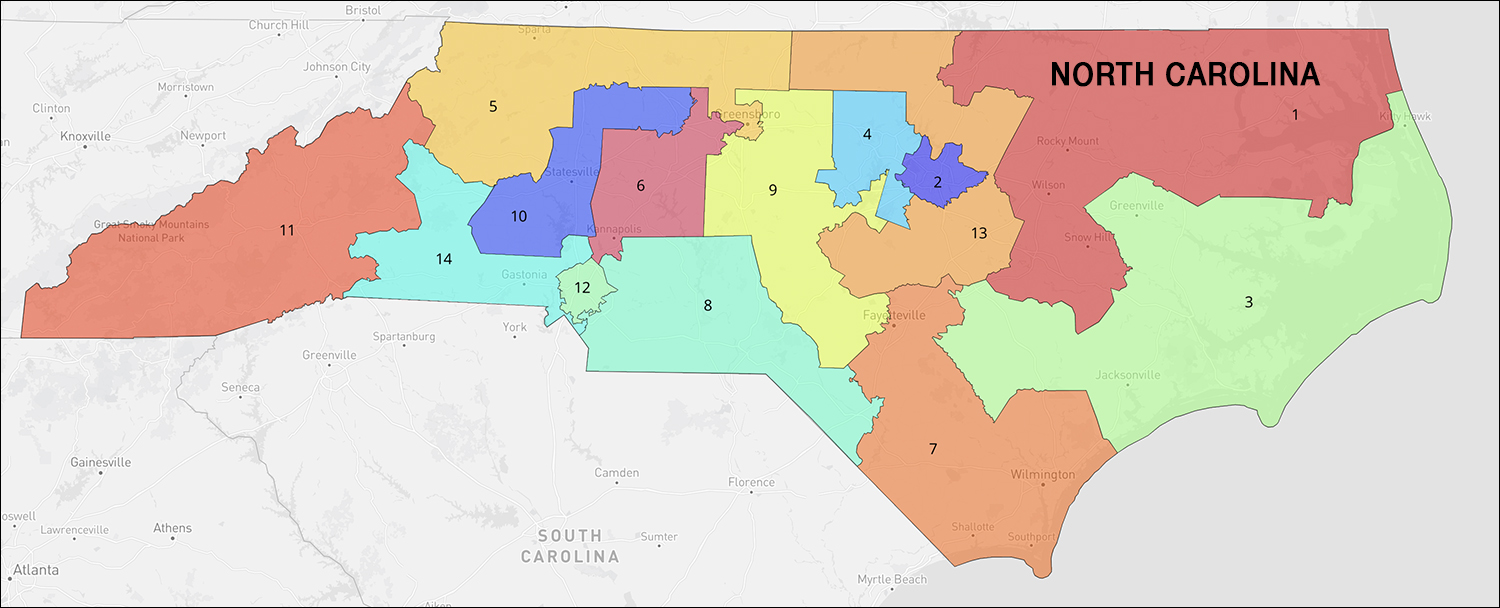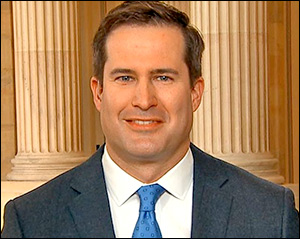By Jim Ellis — Friday, Oct. 31, 2025
Governor

Rep. Elise Stefanik / Photo by Gage Skidmore, Flickr
The margin is more significant than a simple one-point lead, however. The polling universe is over-sampled toward New York City. Of the 900 people in the sampling pool, only 300 are outside of New York City. The fact that Stefanik is even close, let alone virtually even with the Governor, when two-thirds of the polling sample comes from a population universe where only 11 percent are registered as Republicans is surprising to say the least.
The result is even more unexpected when the most recently released gubernatorial polls, from GrayHouse Polling (Sept. 20-26; 900 registered New York voters) and Siena College (Sept. 8-10; 802 registered New York voters) projected Gov. Hochul leading by five points (48-43 percent) and a whopping 25 points (52-27 percent), respectively.
It is highly unusual to see a poll such as the Manhattan Institute’s that would split their polling sample in a manner where two-thirds of the respondents are located in one area when such a region comprises only 46 percent of the state population.
To counter for the oversample, the Manhattan pollsters said they have weighted the responses to reflect the proper population dispersion geographically and demographically.
While the sample is unusual, the poll’s main objective was to survey the current NYC Mayor’s race. Relating to the local ballot test question, asked only of the New York City respondents, state Assemblyman Zohran Mamdani (D) leads former Gov. Andrew Cuomo (I) and Republican Curtis Sliwa, 43-28-19 percent.
The mayoral ballot test does, to an extent, help explain Stefanik’s vastly improved standing. While Assemblyman Mamdani leads the race and is likely to win the mayoral position with a plurality, the majority of the polling respondents, and likely the actual voters culminating on the Nov. 4 Election Day, appear to be voting for a different candidate.
With Gov. Hochul now publicly endorsing the self-proclaimed socialist Mamdani, it is not as surprising that the non-Mamdani voters might look beyond the incumbent in the next Governor’s race.
With Stefanik closing a gap of at least five percentage points, and arguably more in a short period (the 25-point lead that Siena College found in early September, however, is likely an outlier at least in the context of the present time), suggests something major has occurred to sway opinions.
It is reasonable to believe that the negative public talk and coverage describing how Mamdani’s policies would affect the New York City citizenry has certainly contributed to the political wind beginning to blow in Congresswoman Stefanik’s favor.
A Mamdani election victory will be transformational, but the negatives could conceivably outweigh the positives if the critics’ analyses prove accurate. Furthermore, the effects of what will be newly implemented policies involving the economy, housing, and policing, will be at least somewhat evident before voters again go to the polls in November 2026 to choose a Governor.
Considering this new gubernatorial election polling data, and assuming the Stefanik organization internal surveys are in sync with the public results, it is probable that we will see an official gubernatorial campaign announcement coming from the North Country Congresswoman after the mayoral election and before the end of the year.
With the Mamdani candidacy igniting new political fires for both liberals and conservatives, the 2026 New York Governor’s race will assume a much different posture, and one sure to have national political implications.






